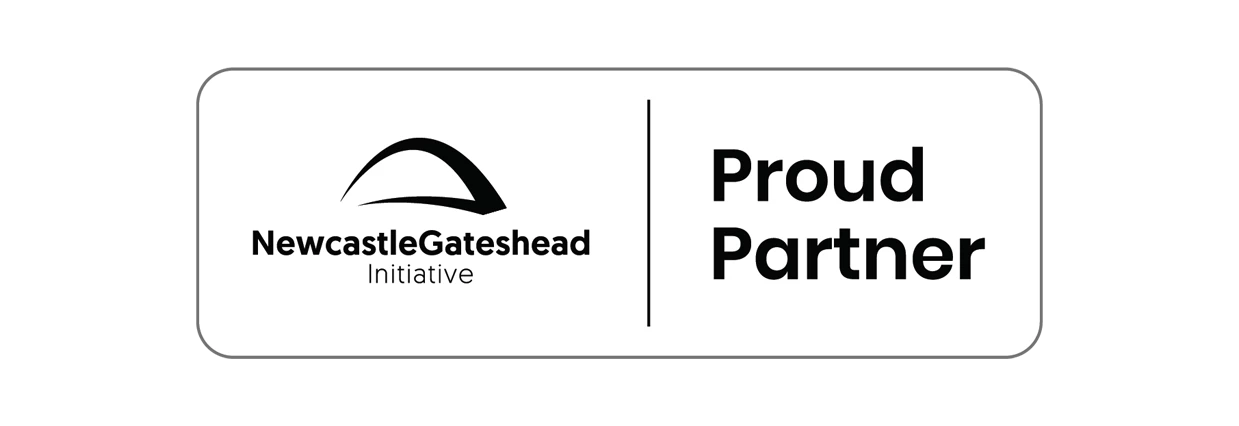Partner Article
How to plan a social media strategy
If I had a pound for every time a client or friend asked me to explain why they should be on Twitter, I would be a lot nearer to my goal of buying the house in Spain I have been hankering after for the past few years.
The problem with the question is that it prompts another one – why do you think you need to have a presence on Twitter? The reality is that Twitter may not be right for them – or you. Businesses need to be in the same place as their customers, whether that is on Twitter, Facebook, LinkedIn or down the pub!
Recently, I presented ‘how to plan a social media strategy’ to around 40 business leaders at Newcastle Business School at Northumbria University, hosted by the #IOD. You can see my prezi presentation here and the chatter about the presentation on Twitter at #iodsocialmedia.
In essence, the presentation explains the process to preparing a social media strategy….and it goes like this:
Choose your team Social media territory belongs to more than just those in PR and marketing. Depending on what is being said and to whom, it could be of huge relevance to your customer service team (responding to complaints or questions), human resources (if you have a wayward employee), legal if you spot slanderous content, research and development if what is being said provides useful insight.
Culturally, from the start, it therefore pays dividends to involve all the relevant departments and to set clear expectations around their levels of participation.
Choose a destination You wouldn’t build an offline marketing strategy without deciding on the objectives first. The same goes for your social media strategy. Ask yourself what you wish to achieve and why. Agree what success looks like. Only then can you begin thinking about building your strategy.
If your marketing objective is to grow the brand – you are looking at increasing awareness by getting attention and reaching more people. If you wish to sell more of your products or services, you need to focus on using social media activity towards generating enquiries, lead or sales. If your objective is predominantly customer loyalty, you will instead be looking to encourage on-going engagement and repeat business. You may decide it is a mixture of the three but it is important to prioritise in order to focus your social media efforts.
Start listening The first step to engaging with your customer audiences online is to start listening to what they are saying. Every market comprises content, conversations and existing communities. Identify what is being said about you and your competitors, products or services as well as the industry sector as a whole. You may also wish to identify what is being said about you, your senior people, employees and colleagues.
By doing this you will also be able to identify who and what influences them already.
To help you track conversations and content, try these free listening tools – Google alerts, Social mention, Tweetdeck and Hootsuite. Use Google Keyword Tools to identify key words and phrases that your customers use to find you online. It also provides great market intelligence.
Understand your buyer personas Before you begin any social media activity, consider how you will portray your character online. I say character (rather than image) for a reason. Everyone has an image of people they meet for the first time, but it is only really your friends, close colleagues and family that know your character.
Successful social media interaction requires a business or individual to share their human traits which form their character but organisations are often nervous about doing this. Remember, portraying a more human side of your business does not mean that you have to be less authoritative.
Once you have decided how you wish to portray your character, consider the channels you use to do so e.g. blogs, video posts, blogger relations etc.
Finally, prepare a content plan. Look at the year ahead and decide what events, launches and happenings you must talk about and then consider what else will be of interest to your customer audiences.
Choose your channels and integrate your activity Next, and only at this point, should you choose your channels e.g. Facebook, Twitter etc. This way your choice of platforms has been evidenced by how your audiences use social media. Think about these channels as an extension to your marketing team and ensure you integrate them with all your offline activity e.g. events, email, etc.
Measure and evaluation Finally, consider your original goals and measure against them. So if you were looking for greater awareness, you should be measuring greater share of online voice. If your objective was for more sales, website traffic and Facebook commerce will be important – even better you may even have some propriety software that measure website sales from social media traffic. If, however, your wish was to increase loyalty, you may want to measure a reduction in complaints, increased advocacy in blogs or forums and improved engagement in social media channels. Good online tools to assist with the task of measurement include Google Insights for Search which helps you to measure search volume in chosen sectors, cities and countries and Google Analytics that provides detailed statistics about the visitor to your website.
If you are a business interested in learning more about social media, contact Admiral PR.
This was posted in Bdaily's Members' News section by Admiral PR .
Enjoy the read? Get Bdaily delivered.
Sign up to receive our popular morning National email for free.








 The real cost of tendering for construction SMEs
The real cost of tendering for construction SMEs
 A welcome step forward – but let’s keep pushing
A welcome step forward – but let’s keep pushing
 Industrial strategy 'can drive business forward'
Industrial strategy 'can drive business forward'
 Industrial strategy 'can be game-changer we need'
Industrial strategy 'can be game-changer we need'
 Driving skills forward with near £100,000 boost
Driving skills forward with near £100,000 boost
 What pension rule changes could mean for you
What pension rule changes could mean for you
 North East can't be an afterthought in AI future
North East can't be an afterthought in AI future
 Understanding the impact of the Procurement Act
Understanding the impact of the Procurement Act
 Is the UK losing ground in life sciences investment?
Is the UK losing ground in life sciences investment?
 Construction workforce growth can't be a quick fix
Construction workforce growth can't be a quick fix
 Why it is time to give care work a makeover
Why it is time to give care work a makeover
 B Corp is a commitment, not a one-time win
B Corp is a commitment, not a one-time win